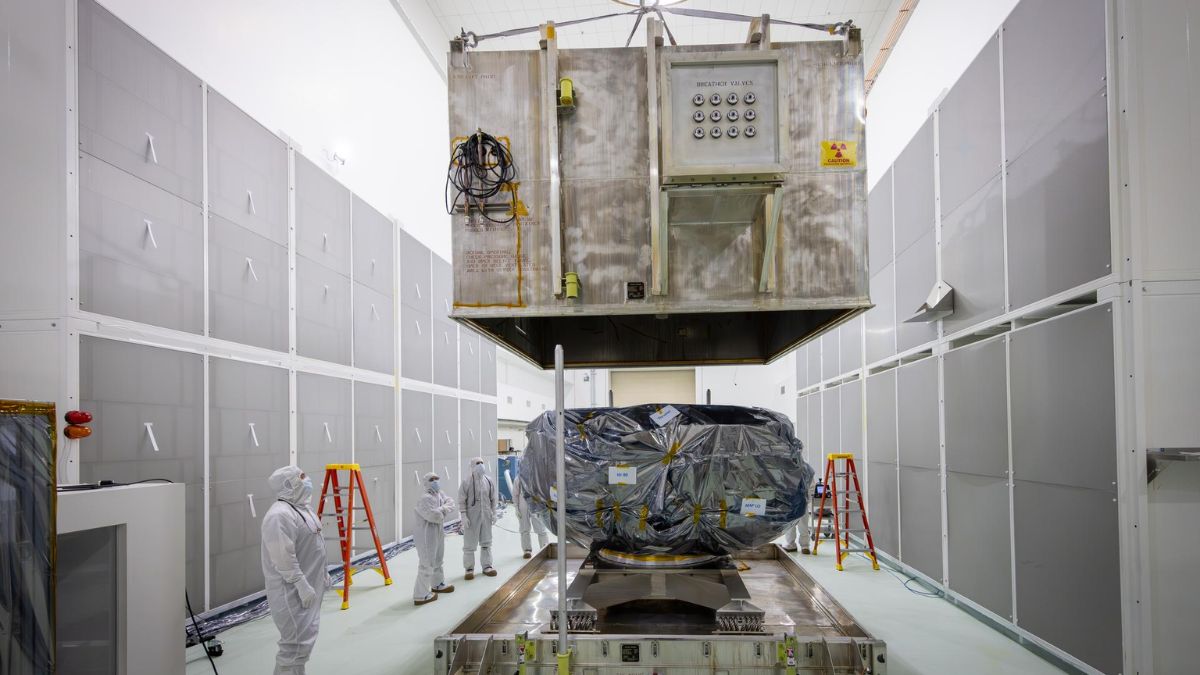A team of scientists in Namibia, in southwest Africa, has recorded a phenomenal cosmic explosion, the brightest so far, of gamma radiation from a collapsing star. They said usually these explosions occur when a massive star — five or 10 times the mass of the Sun – abruptly detonates and turns into a black hole. The scientists said the gamma-ray burst (GRB) was one of the most energetic radiations and longest gamma-ray afterglow to date. It was also one of the nearest GRBs recorded so far from the Earth, at a distance of about one billion light-years. For comparison: the typical GRB happens about 20 billion light-years away.
This observation has challenged the established theory of gamma-ray bursts in the universe, the team of scientists said. Also, this comparative proximity of the event meant that the scientists could see the “colours” of the radiation.
The scientists could follow the afterglow for up to three days after the initial explosion. The result was a surprise, they noted in the research paper published in Deutsches Elektronen-Synchrotron (DESY). According to the DESY website, its research centre is one of the world’s leading facilities for particle acceleration. It is part of the Helmholtz Association, Germany’s largest scientific organisation.
“Our observations revealed curious similarities between the X-ray and very-high-energy gamma-ray emission of the burst’s afterglow,” said Sylvia Zhu, one of the authors of the paper.
Established theories assume that the two emission components must be produced by separate mechanisms. The event was captured by the High Energy Stereoscopic System (HESS) on August 29, 2019, after the Fermi and Swift satellites detected a burst of radiation in the constellation of Eridanus, according to the DESY research centre.
DESY has also released a video explainer on YouTube simulating the cosmic event. Watch it below:
The video shows a massive dying star collapsing and a neutron star or black hole forming. Then relativistic jets break out from the star and a supernova is produced. Some matter then scatters on magnetic fields around the blast wave and is accelerated. Roughly 900 million years later, radiation from this gamma-ray burst arrives at Earth and satellites and telescopes such as the HESS detect it. Gamma-ray bursts may also occur when two super-dense stellar corpses called neutron stars collide.
For the latest tech news and reviews, follow Gadgets 360 on Twitter, Facebook, and Google News. For the latest videos on gadgets and tech, subscribe to our YouTube channel.












